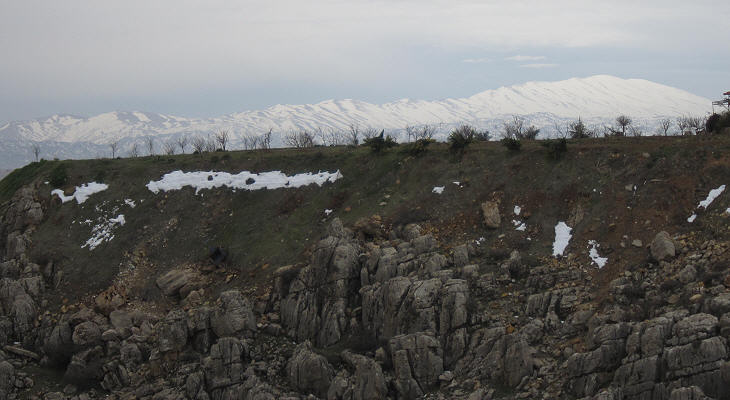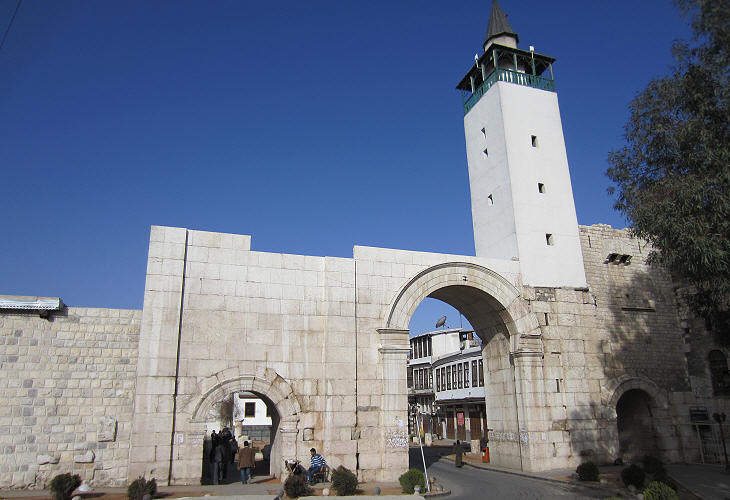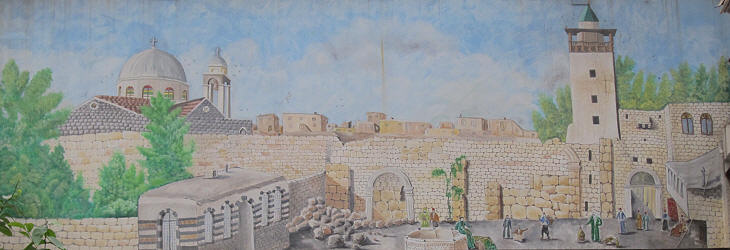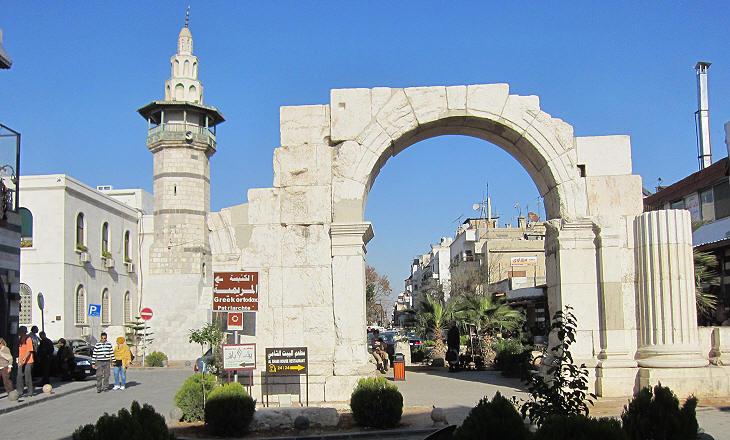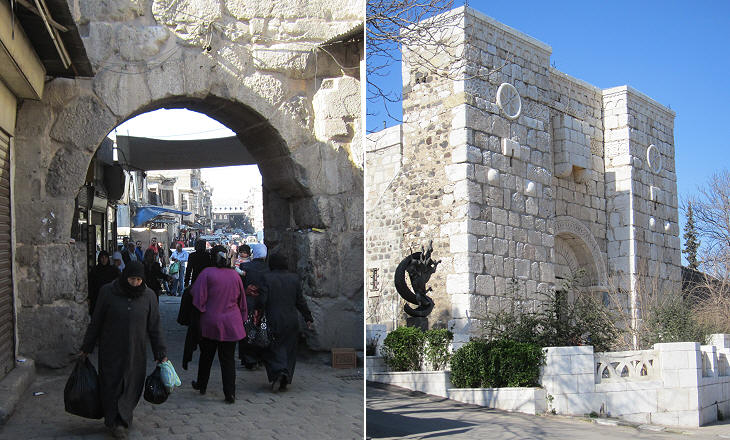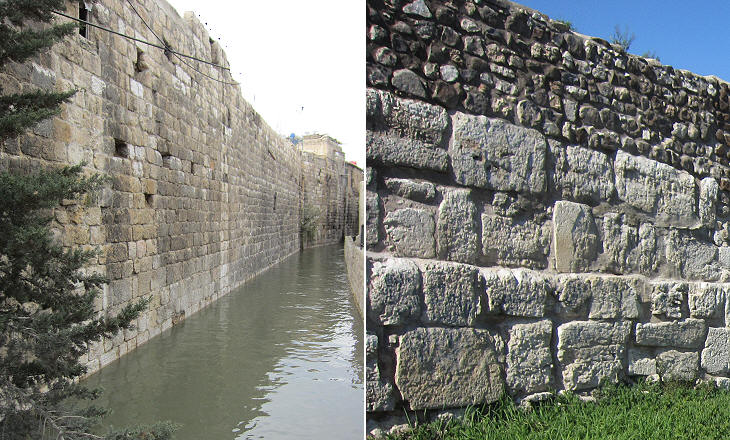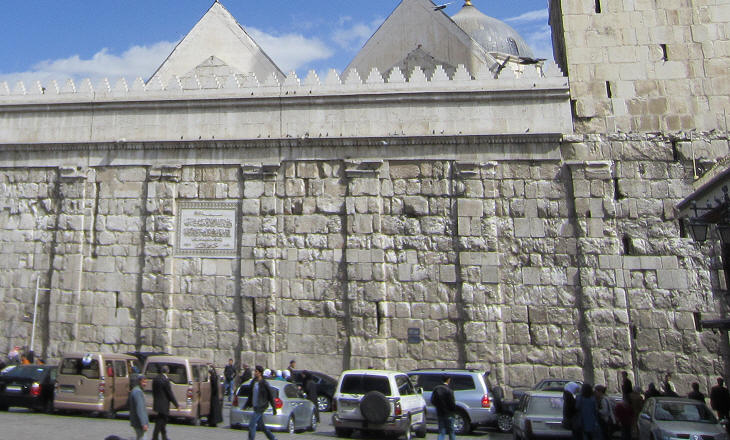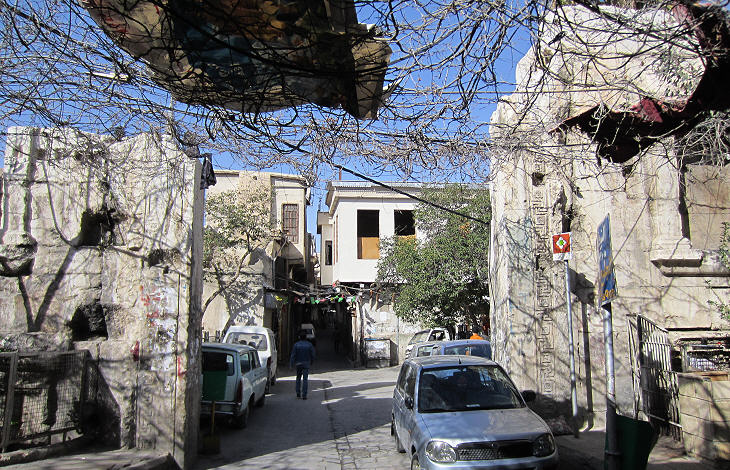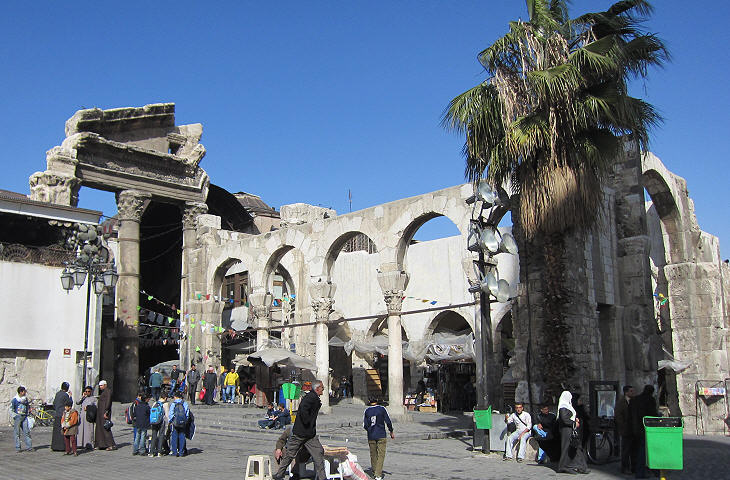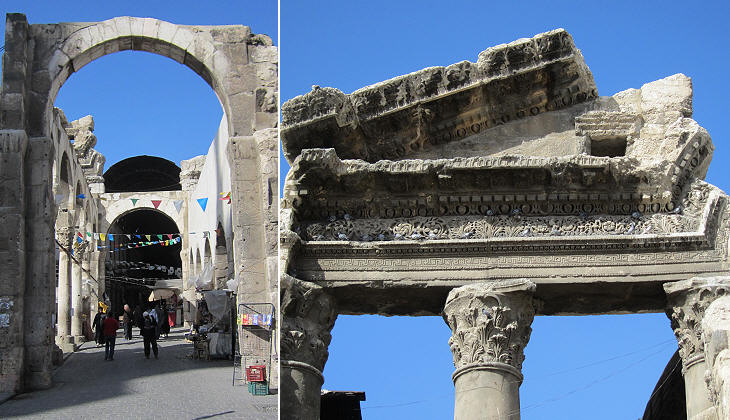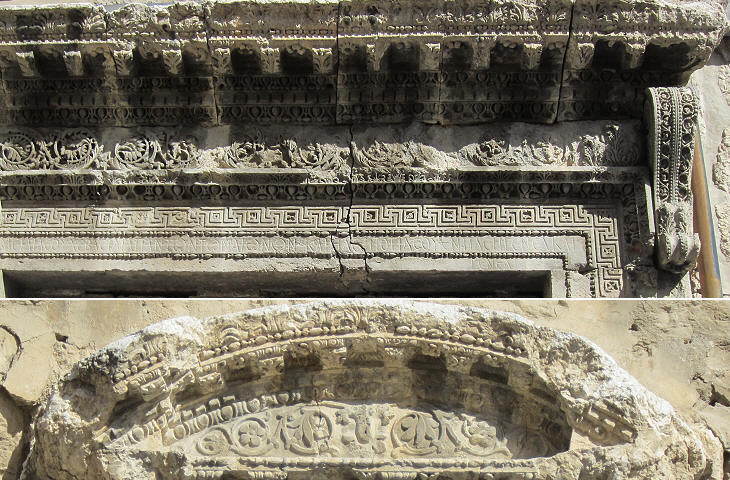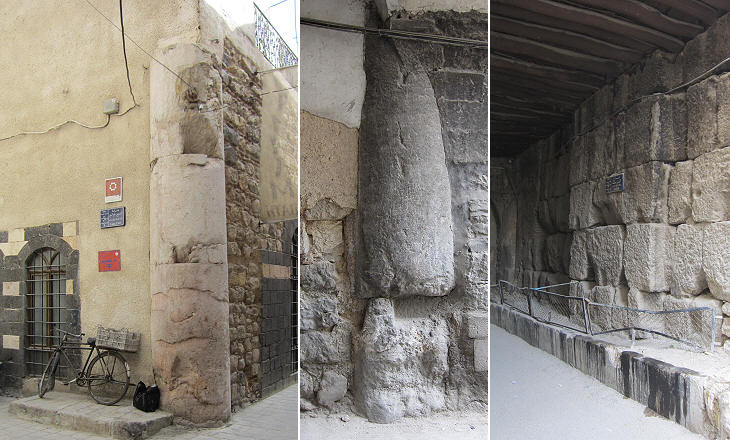As far back as people could collect and organize information and documents, some form of a library has existed in history.
The first recorded library is believed to have been found in excavations at a site in Ugarit in Syria, which date back to around 1200 BC, where a palace library, temple library, and two private libraries containing diplomatic texts as well as poetry and other literary forms were unearthed.
In North America, personal collections of books brought over by French settlers in the 16th century are believed to be the first libraries in this hemisphere, and the oldest non-personal library on this continent was founded at The Jesuit College in Quebec City in 1635. Thomas Jefferson was known to have a glorious library at Monticello consisting of thousands of books, at a time when books were truly a rare commodity. He devised a classification system where he grouped his collection by subject rather than alphabetically, as libraries had previously done. Jefferson's collection became the nucleus of the first national collection of the United States at what is now known as the Library of Congress, after the congressional collection was destroyed by fire during the War of 1812.
Fast forward a few centuries. The U.S. Library of Congress has grown, as has the country. Public libraries, as we've come to know them, have long been more than just beautiful repository of books and other written materials, and are currently undergoing a new revolution as the Internet and electronic reading materials threaten their very existence. Fiscally, municipalities are financially pressed to maintain libraries as property taxes plummet and revenues follow, and some residents question why they need to bother going there if they have a computer to Google information, and an e-reader to download any book they want.
Librarians and library directors will tell you public libraries are much more than a place to find the latest best seller (although they definitely have those) or places only for people without computers, although they are a great provider of that service, as well. Public libraries have re-imagined their purpose, both expanding their services to offer more to a wider range of constituents, and have regrouped to be the community meeting place, offering classes and opportunities for assemblies of all ages and needs.
As one librarian in Oakland County sees it, "We have repositioned ourselves as a community meeting place and a source of community information. We offer so many programs that people cannot get anywhere else. We're like the kitchen of the house—everyone decorates their living rooms and bedrooms, but the kitchen is the heart of the house, and I think the library is the heart of the community."
The first recorded library is believed to have been found in excavations at a site in Ugarit in Syria, which date back to around 1200 BC, where a palace library, temple library, and two private libraries containing diplomatic texts as well as poetry and other literary forms were unearthed.
In North America, personal collections of books brought over by French settlers in the 16th century are believed to be the first libraries in this hemisphere, and the oldest non-personal library on this continent was founded at The Jesuit College in Quebec City in 1635. Thomas Jefferson was known to have a glorious library at Monticello consisting of thousands of books, at a time when books were truly a rare commodity. He devised a classification system where he grouped his collection by subject rather than alphabetically, as libraries had previously done. Jefferson's collection became the nucleus of the first national collection of the United States at what is now known as the Library of Congress, after the congressional collection was destroyed by fire during the War of 1812.
Fast forward a few centuries. The U.S. Library of Congress has grown, as has the country. Public libraries, as we've come to know them, have long been more than just beautiful repository of books and other written materials, and are currently undergoing a new revolution as the Internet and electronic reading materials threaten their very existence. Fiscally, municipalities are financially pressed to maintain libraries as property taxes plummet and revenues follow, and some residents question why they need to bother going there if they have a computer to Google information, and an e-reader to download any book they want.
Librarians and library directors will tell you public libraries are much more than a place to find the latest best seller (although they definitely have those) or places only for people without computers, although they are a great provider of that service, as well. Public libraries have re-imagined their purpose, both expanding their services to offer more to a wider range of constituents, and have regrouped to be the community meeting place, offering classes and opportunities for assemblies of all ages and needs.
As one librarian in Oakland County sees it, "We have repositioned ourselves as a community meeting place and a source of community information. We offer so many programs that people cannot get anywhere else. We're like the kitchen of the house—everyone decorates their living rooms and bedrooms, but the kitchen is the heart of the house, and I think the library is the heart of the community."

